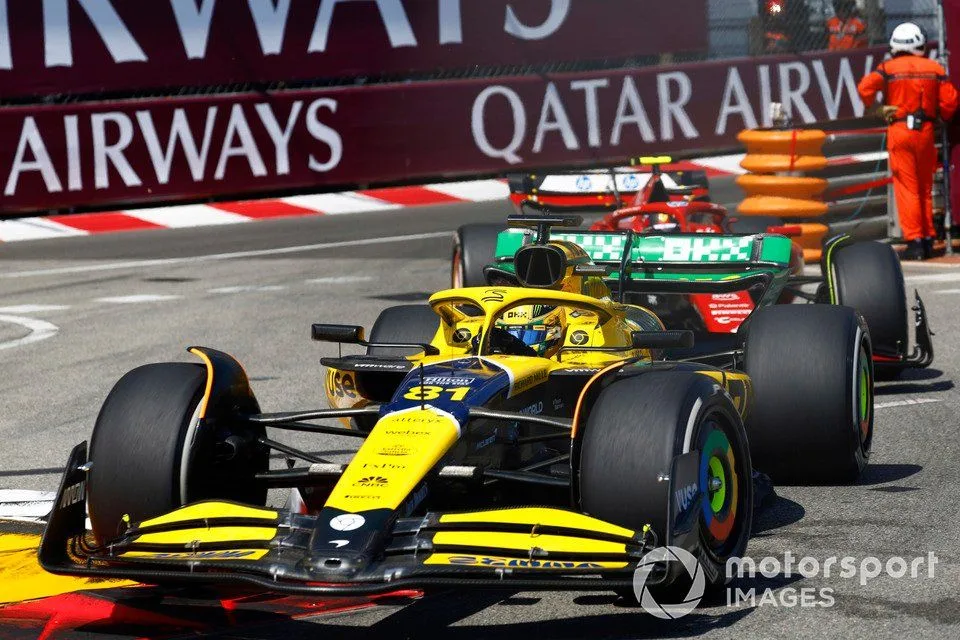For years McLaren has been struggling with grip in long, low-speed corners – coupled with a lack of aerodynamic efficiency, which dented its top speeds.
Its much-heralded upgrades in 2023 in Austria and Singapore added plenty of performance through high-speed sections, making it arguably the second-best car on the grid on select circuits such as Qatar.
But even throughout this year, its weaknesses appeared to have largely carried over right until its first upgrade package in Miami, where Lando Norris ended up taking his maiden grand prix victory.
Looking at Miami, where McLaren had a fully upgraded car for Norris, half the upgrades for Oscar Piastri but Ferrari had yet to introduce its new spec, McLaren was fast in the few high-downforce corners but Ferrari was still king in terms of traction out of slow corners.
Ferrari’s Carlos Sainz was also fastest out of the corners in Imola, but both he and Charles Leclerc lost a lot of laptime on the straights to both the Red Bulls and McLarens due to what was described as a wrong energy deployment strategy.
But curiously, while Ferrari was fastest putting the power down onto the straights and through Tabac in Monaco, the McLarens held up really well in some of the low-speed sections and were quicker than polesitter Leclerc through the hairpin and the chicane.
Oscar Piastri, McLaren MCL38, Carlos Sainz, Ferrari SF-24
Photo by: Sam Bloxham / Motorsport Images
“It looks like the car we took to Miami behaves well in low speed, almost beyond what was our expectation,” team principal Andrea Stella said.
“Miami is dominated by low speed. And if anything in Monaco, the sector where we struggled the most was the first sector, a medium- to high-speed sector.
“So, it looks like the picture of our competitiveness is starting to finally change, where low speed doesn’t appear anymore like a clear weakness.”
More so than outlier Monaco, Canada will be the perhaps the best test of whether McLaren has achieved its objectives, given the prevalent combination of low-speed corners and long straights, where efficient drag levels are key.
With its many chicanes and long hairpins, the Circuit Gilles Villeneuve is a loop that emphasises everything the team used to struggle with, without giving it the kind of high-downforce direction changes where it could have caught up.
Norris was cautious about the team’s Canada prospects, with the high traction and ride compliance demands of the Circuit…
Click Here to Read the Full Original Article at Motorsport.com – Formula 1 – Stories…

